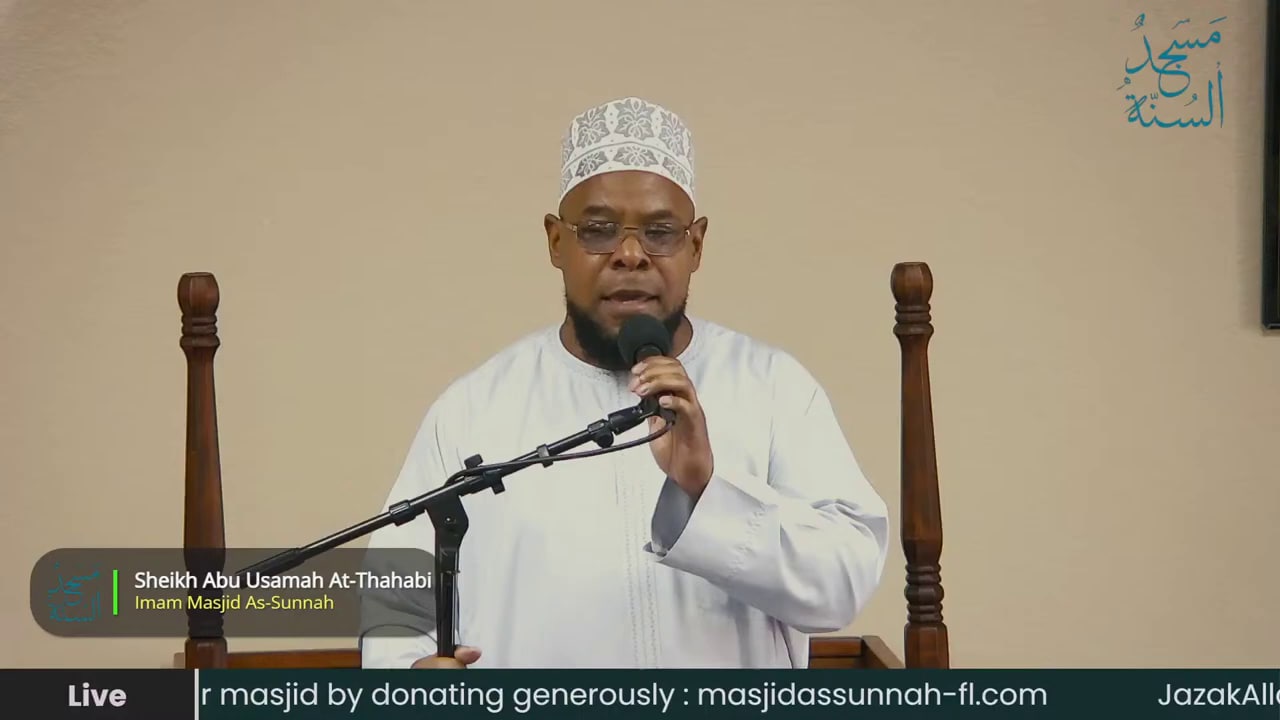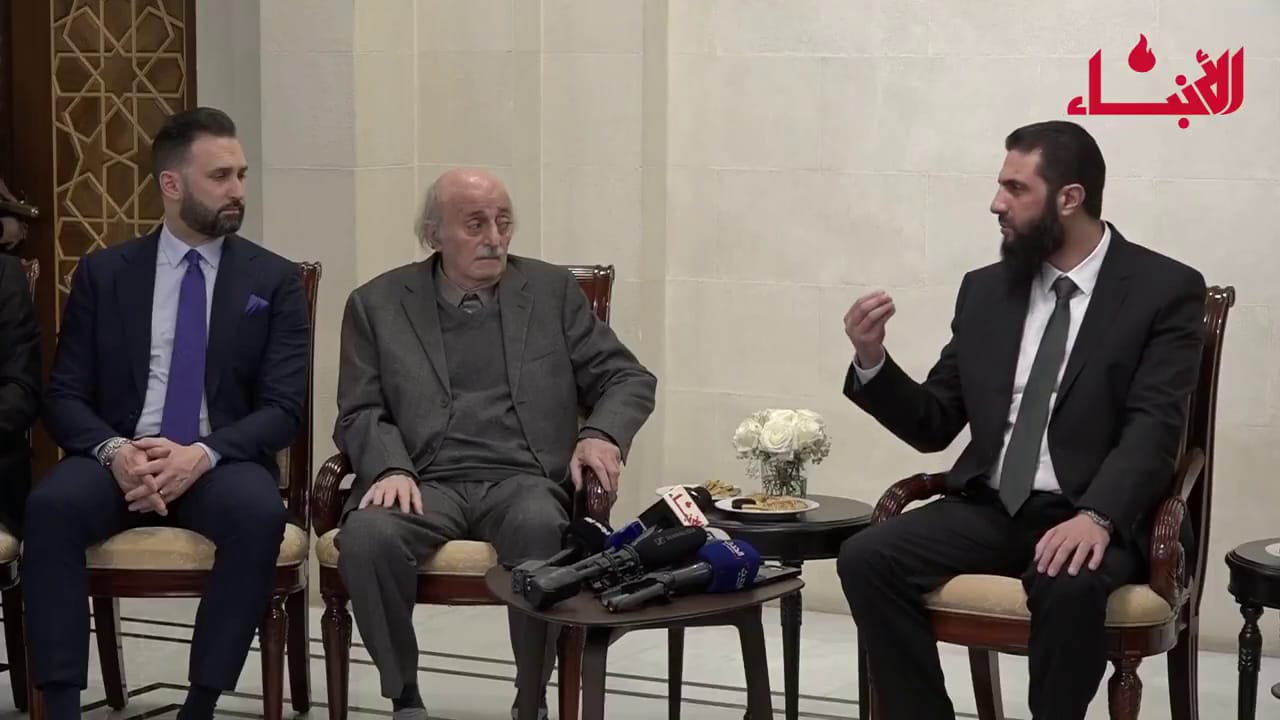
On January 7, 2019, Ofogh TV (Iran) aired a video clip about Iran's space capabilities. The video detailed Iran's first successful satellite launch, which took place in 2009, and gave information about Iran's Safir, Navid, Simorgh, and Ghaem carrier rockets, which are used to carry satellites into space. The clip also explained about probes and other satellites that Iran has used for research and scientific experimentation, including the successful launch of a monkey into space. The clip concluded: "In the framework of a five-year plan, we intend to launch a man into space…. in order to become one of the aerospace industry powers."
Narrator: On February 3, 2009, Iran launched its first satellite into the skies using the Iranian Safir-2 carrier rocket. When the Omid satellite entered its orbit, we officially joined the group of nations that have an aerospace industry. In the years that followed, we launched into space the Rasad satellite using the Safir-1A carrier rocket, and the Navid satellite using the Safir-1B carrier rocket. We upgraded our satellites, as well as our carrier rockets.
Afterwards, we built the Navid and Simorgh carrier rockets, which were more advanced. The former reached speeds of approximately 28,000 km/h and the latter was even faster. They also carried heavier satellites. Eventually, we designed the Ghaem carrier rocket. This Ghaem rocket was a project of the martyr Tehrani Moghaddam and it had a four-stage engine. Only a few countries possess this technology.
The carrier rockets were launched into space to provide us with services. However, we also built probes whose function was research and [scientific] testing. For example, Probes 1 and 2 tested the chances of success for the Omid satellite. We wanted to test the space outside of our atmosphere with the probes. Therefore, we launched Probe 3 into space. It carried a capsule that contained a mouse, two turtles, a few worms, and human cells. This launch cost 3 billion toman [~1.5 million USD]. This was the first time that we managed to launch living creatures into space.
On March 15, 2011, we launched Probe 4 into space, without any living creatures, but with more advanced technology. When it returned to Earth, we found it very fast. On September 7, 2011, we launched Probe 5 into space carrying a monkey. The monkey died when the probe returned to Earth. On September 8, 2012, we launched Probe 6. Everything went well, except the fact that the cargo did not return to Earth safely.
In light of the experience that we had, we launched the Pisgham probe on January 28, 2013, at 12:37 PM, carrying a three-year-old monkey. The probe was launched from the Semnan airbase. Sixteen minutes later, it came back safe and sound. It traveled 120 kilometers and came back safely. Iran was able to control this probe's launch and return velocities. Many people did not believe this or though it was a coincidence.
In December 2014, the Pishgam prove launched a second monkey named Fargam into space. [It carried the monkey] to a height of 120 kilometers and brought it back safely. This time, everybody acknowledged our success.
Currently, we have prepared other satellites for launch. The Toulou satellite [is designed] for distant measurements. The Nahid satellite [is designed] to test the opening of solar panels [on satellites] and [for] the sending and receiving of images. The Zafar satellite [is designed] for tri-spectral photography. The Sharif, Ghaem, and Pars satellites have visible-spectrum and infrared cameras. The IranSat-1 communications satellite [is designed] to test systems for the withstanding of cosmic radiation.
In light of this experience, in the framework of a five-year plan, we intend to launch a man into space on our own, in order to become one of the aerospace industry powers. We hope to see that day.














